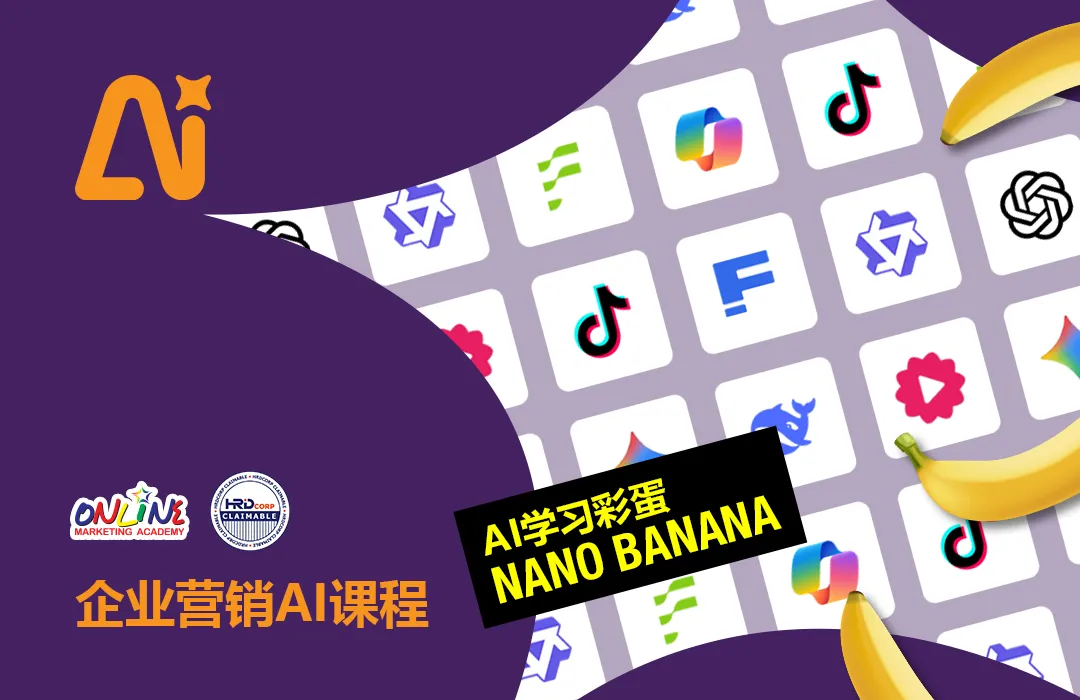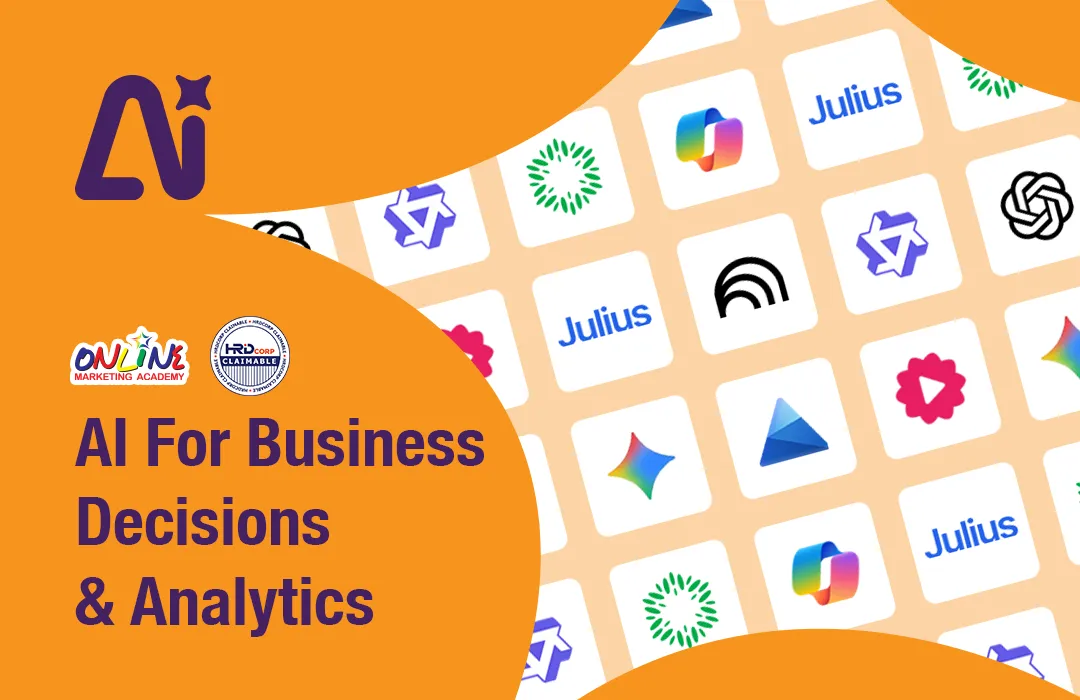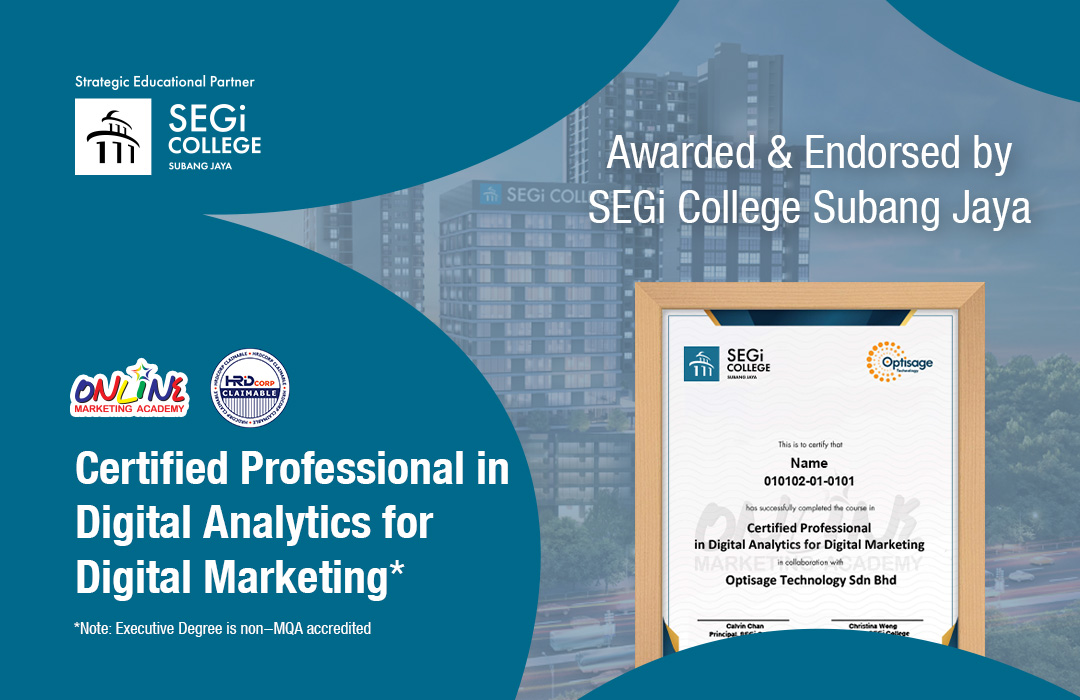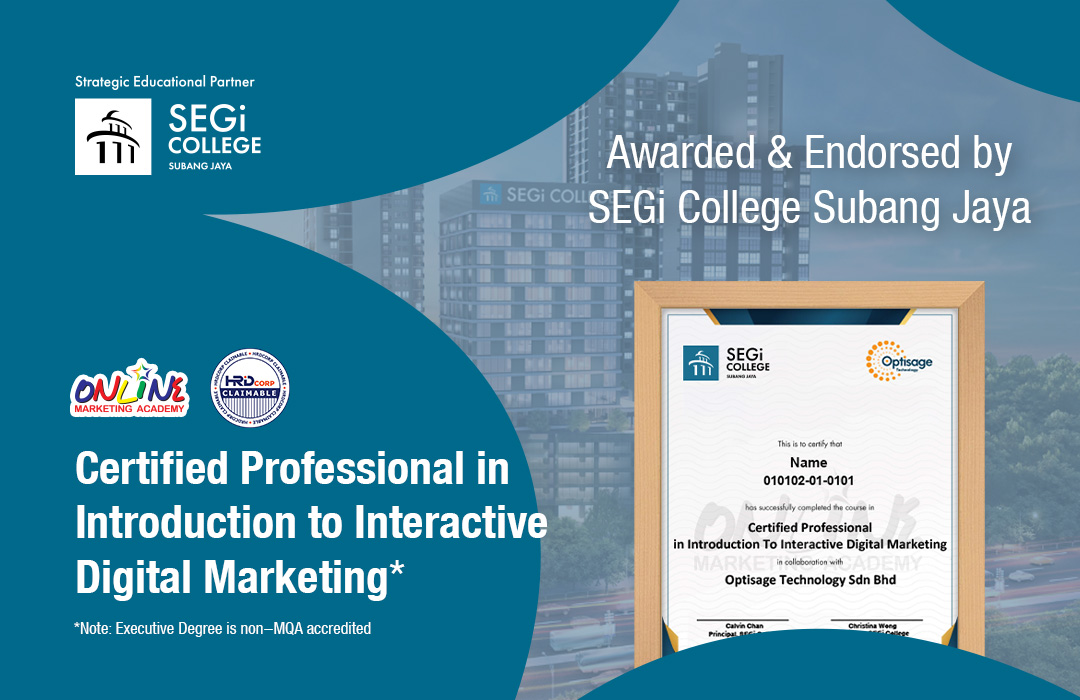‘Digital acceptance’ the next step in online banking, says Australian tech firm
26 February 2020
As more complex banking goes online, there is an emerging need for sophisticated ways to authenticate customers and get their approval to sign-off bank documents.
One possible solution is Digital Acceptance, which provides authentication of the bank customer’s identity and signature, plus ensuring their acceptance is backed by sufficient understanding of the contract being signed.
Australian tech firm Nuvola aims to simplify the verification process by providing this Digital Acceptance solution to banking and financial institutions (FI), aimed mainly at electronic document transactions. This in turn allows FI to provide their customers with better security when processing documents related to, for example, share trading or financial products like a loan or mortgage.
Nuvola group business development director Darren Byrnes explains there are different levels of control imposed by FI for Digital Acceptance, commensurate with the size of the transaction and the risk profile assessed for each transaction.
“Our product evolution has taken us from high value, complex products – such as mortgages and business banking – to any financial product where contractual or secure content exchange is required,” he says.
Nuvola provides additional controls including two factor authentication (for non-repudiation purposes), monitoring services (to ensure minimum read times on clauses, for example), and device management (allowing bank customers to e-sign a mortgage on a tablet only whilst permitting read-only on a phone). The rationale for this is because, according to the company, people are less likely to read contracts in full on a smartphone, as opposed to on a bigger screen or device.
Depending on the types of contracts, the firm may also require users to involve third parties like solicitors to countersign the documents.
Byrnes notes that some FI still believe eSignatures are not a legal nor valid alternative to ink-on-paper signatures.
“The issues in adoption we see are cultural and behavioural; more to do with people and legal firms fearing change and challenging the norm versus moving toward a digital framework for accepting products and transactions,” he says.
He does see a change in attitude, with governments now establishing legislation to validate the use of eSignatures and companies assessing Digital Acceptance as lowering risk while improving customer experience.
Nuvola takes the stance that eSignatures are safer than paper acceptance, with some conventions like requiring a witness to verify a signature being an example of very weak security but is accepted due to historical practice.
“The witness is there to authenticate the signer, but often this witness is unknown to the institution nor can their signature be read, so the actual verification of the signer is hearsay,” he said.
He explains that in contrast, Digital Acceptance combines the FI verification process with the auditability and traceability of an eSignature transaction, providing stronger evidence than an ink-on-paper signature that is reliant on just human interaction.
Byrnes finds that banks want and need both signatures and additional authentication like password or pin codes to comply with regulators, though some are now mulling biometrics like fingerprints and facial recognition for authentication.
He warns that clients need to be able to completely read through complex financial products such as a mortgage, thus just saying a user is authenticated and has “clicked on line to accept” is inadequate.
Instead of using PDFs that are more suitable on desktops but not mobile users, Nuvola uses a HTML based experience that allows for pinch zoom and scrolling so that customers can read the whole thing before accepting.
“It also allows us to guide customers through a complex series of document interactions and ensure that the end-to-end process is completed with minimal errors or omissions. The main reason to highlight this is to indicate that the technology for Digital Acceptance (beyond user authentication) for user and financial institution expectations is maturing and changing rapidly,” he explains.
He says Digital Acceptance benefits both the organisation and its customers by reducing the time taken to complete paperwork, removing postal time and cost, providing visibility to multiple parties and enabling the completion of documents at a convenient time.
He elaborates that increased visibility of transactions – like what documents have been sent or what has not been approved – allows banks to make better decisions when following up with customers on what might be holding up transactions.
Byrnes predicts data analytics from Digital Acceptance will be an area to drive large benefits in the future as transactions capture data on customer demographics, statistics on signing, issues with approval and customer behaviour.
“Future algorithms will tailor the Digital Acceptance experience to customers based on their profiles and demographic patterns to optimise the experience for customers, while also providing various product upselling options from the FI,” he speculates.
Currently present in Australia and the United States, Nuvola is looking to enter the Asian market, predicting it to be the second largest growth market for eSignatures globally fuelled by new digital banks, also known as Neo banks.
“Neo banks are very interesting for us. Adopting Digital Acceptance systems is a much easier discussion. As they care 100% about digital, there is no paper discussion and they want the best go-to-market Digital Acceptance solution available,” he says.
He predicts Neo banks in the Asean region will want to grow rapidly and provide a differentiated service to their customers versus legacy banks. He adds that regulation differed between countries, with some not yet onboard with full Digital Acceptance transactions.
“We see it’s inevitable that with the digital growth in these economies and with the broader acceptance of eKYC (know your customer), that Digital Acceptance as part of digital commerce will be implemented and that the new entrants, as well as the legacy institutions, will push for this in order to remain competitive,” he says.
Source: TheStar
One possible solution is Digital Acceptance, which provides authentication of the bank customer’s identity and signature, plus ensuring their acceptance is backed by sufficient understanding of the contract being signed.
Australian tech firm Nuvola aims to simplify the verification process by providing this Digital Acceptance solution to banking and financial institutions (FI), aimed mainly at electronic document transactions. This in turn allows FI to provide their customers with better security when processing documents related to, for example, share trading or financial products like a loan or mortgage.
Nuvola group business development director Darren Byrnes explains there are different levels of control imposed by FI for Digital Acceptance, commensurate with the size of the transaction and the risk profile assessed for each transaction.
“Our product evolution has taken us from high value, complex products – such as mortgages and business banking – to any financial product where contractual or secure content exchange is required,” he says.
Nuvola provides additional controls including two factor authentication (for non-repudiation purposes), monitoring services (to ensure minimum read times on clauses, for example), and device management (allowing bank customers to e-sign a mortgage on a tablet only whilst permitting read-only on a phone). The rationale for this is because, according to the company, people are less likely to read contracts in full on a smartphone, as opposed to on a bigger screen or device.
Depending on the types of contracts, the firm may also require users to involve third parties like solicitors to countersign the documents.
Byrnes notes that some FI still believe eSignatures are not a legal nor valid alternative to ink-on-paper signatures.
“The issues in adoption we see are cultural and behavioural; more to do with people and legal firms fearing change and challenging the norm versus moving toward a digital framework for accepting products and transactions,” he says.
He does see a change in attitude, with governments now establishing legislation to validate the use of eSignatures and companies assessing Digital Acceptance as lowering risk while improving customer experience.
Nuvola takes the stance that eSignatures are safer than paper acceptance, with some conventions like requiring a witness to verify a signature being an example of very weak security but is accepted due to historical practice.
“The witness is there to authenticate the signer, but often this witness is unknown to the institution nor can their signature be read, so the actual verification of the signer is hearsay,” he said.
He explains that in contrast, Digital Acceptance combines the FI verification process with the auditability and traceability of an eSignature transaction, providing stronger evidence than an ink-on-paper signature that is reliant on just human interaction.
Byrnes finds that banks want and need both signatures and additional authentication like password or pin codes to comply with regulators, though some are now mulling biometrics like fingerprints and facial recognition for authentication.
He warns that clients need to be able to completely read through complex financial products such as a mortgage, thus just saying a user is authenticated and has “clicked on line to accept” is inadequate.
Instead of using PDFs that are more suitable on desktops but not mobile users, Nuvola uses a HTML based experience that allows for pinch zoom and scrolling so that customers can read the whole thing before accepting.
“It also allows us to guide customers through a complex series of document interactions and ensure that the end-to-end process is completed with minimal errors or omissions. The main reason to highlight this is to indicate that the technology for Digital Acceptance (beyond user authentication) for user and financial institution expectations is maturing and changing rapidly,” he explains.
He says Digital Acceptance benefits both the organisation and its customers by reducing the time taken to complete paperwork, removing postal time and cost, providing visibility to multiple parties and enabling the completion of documents at a convenient time.
He elaborates that increased visibility of transactions – like what documents have been sent or what has not been approved – allows banks to make better decisions when following up with customers on what might be holding up transactions.
Byrnes predicts data analytics from Digital Acceptance will be an area to drive large benefits in the future as transactions capture data on customer demographics, statistics on signing, issues with approval and customer behaviour.
“Future algorithms will tailor the Digital Acceptance experience to customers based on their profiles and demographic patterns to optimise the experience for customers, while also providing various product upselling options from the FI,” he speculates.
Currently present in Australia and the United States, Nuvola is looking to enter the Asian market, predicting it to be the second largest growth market for eSignatures globally fuelled by new digital banks, also known as Neo banks.
“Neo banks are very interesting for us. Adopting Digital Acceptance systems is a much easier discussion. As they care 100% about digital, there is no paper discussion and they want the best go-to-market Digital Acceptance solution available,” he says.
He predicts Neo banks in the Asean region will want to grow rapidly and provide a differentiated service to their customers versus legacy banks. He adds that regulation differed between countries, with some not yet onboard with full Digital Acceptance transactions.
“We see it’s inevitable that with the digital growth in these economies and with the broader acceptance of eKYC (know your customer), that Digital Acceptance as part of digital commerce will be implemented and that the new entrants, as well as the legacy institutions, will push for this in order to remain competitive,” he says.
Source: TheStar











 Whatsapp Us +6011 1144 5462
Whatsapp Us +6011 1144 5462



